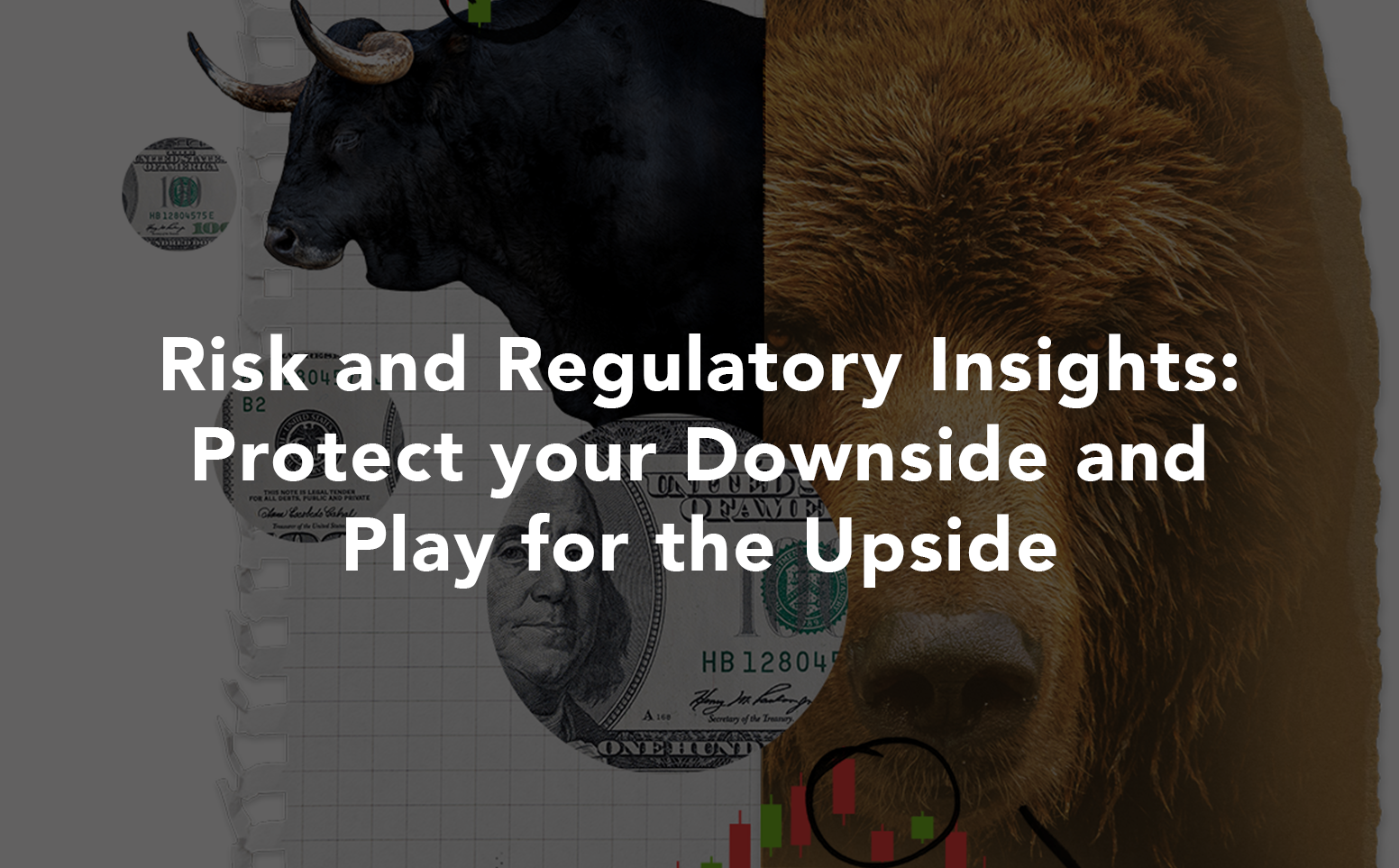
Risk and Regulatory Insights to Protect your Downside and Play for the Upside
OakNorthApril 18, 2023


Risk and Regulatory Insights to Protect your Downside and Play for the Upside
OakNorthApril 18, 2023
Our recent webinar “Protect your Downside and Play for the Upside” featured regulatory and risk experts from the OakNorth Credit Intelligence (ONci) Advisory Board; Jing Zhang, former Global Head of Quantitative Research at Moody's Analytics, and Mark Levonian, former Senior Deputy Comptroller of Economics at the OCC.
The discussion, moderated by ONci’s Head of Sales & Customer Success, Hugh Shannon, focused on the economic uncertainty and regulatory fallout following the recent bank failures, what bank regulators are going to be looking at in regard to scenario analysis and stress testing over the next 12 months and how data can be best used to measure and assess credit risk in times of economic uncertainty.
In addition to this, the group discussed what specific ‘must-haves’ banks need in place to ensure their scenario analysis practices are successful. Here's the three key take-aways the group shared:
Banks typically consider historical data and business impact as the most prevalent predictors of risk. Pandemics, trade wars, economic cycles, supply chain challenges, and natural disasters, for example, all hold essential data. Decision-makers need to supplement this data with forecasting data such as revenue projections, industry benchmarks, macroeconomic drivers, and scenario and sentiment analysis.
Historical data is helpful as it’s based on collected data of events, but information such as revenue projections can bolster this data by analyzing possible outcomes based on certain scenarios. By adopting this forward-looking approach, banks and borrowers can make more informed decisions based on foresight as well as insight.
Banks should consistently run and re-run scenarios using real-time data as it becomes available. Before 2020, banks looked at historical data such as supply chain shortages or food recalls in the restaurant industry to predict how businesses could adapt and succeed. The pandemic changed that approach and has highlighted the need for more granularity.
Fine-dining restaurants for example, temporarily closed for in-person customers following the initial lockdown in 2020. While some switched to pick-up services, revenues clearly didn’t match pre-pandemic levels. Meanwhile, many pizza delivery businesses, which fall within the same sector as fine dining, saw an increase in demand because their model was well-suited for lockdown life. Once countries reopened from lockdown, fine dining experienced a resurgence in popularity but clearly, the experiences of the two businesses during the pandemic period were very different. That is why a sub-sector, granular approach is so important.
Whether it’s global health crises or similar to the economic instability we’re all facing today, banks need to build a deeper understanding of a business’s ability to pivot and adapt before providing a loan. Forward-looking analytics based on a range of scenarios using granular data is the only way to truly grasp that adaptability.
Following the recent bank failures, regulators will likely be reassessing their approaches which will in turn also likely result in more stress tests for smaller community banks moving forward. These changes will no doubt also include how regulators will approach reviewing a bank’s scenario analysis practices.
Regulators will be looking at which lenders are building a granular picture of their loan books, using data and analytics to gain an in-depth understanding of each business down to the individual loan-level, rather than painting all businesses in a sector with the same brush. This more granular approach to lending also comes with the benefit of helping banks identify high-return, low-risk industries to lend to under different macro scenarios in both new and existing markets – even in times of economic uncertainty.
Furthermore, by taking a granular approach and a forward-look view, it would be beneficial for regulators to see that banks have the ability to assign vulnerability ratings across their commercial loan book, meaning they can prioritize risk in the right order and be more efficient when it comes to risk management.
